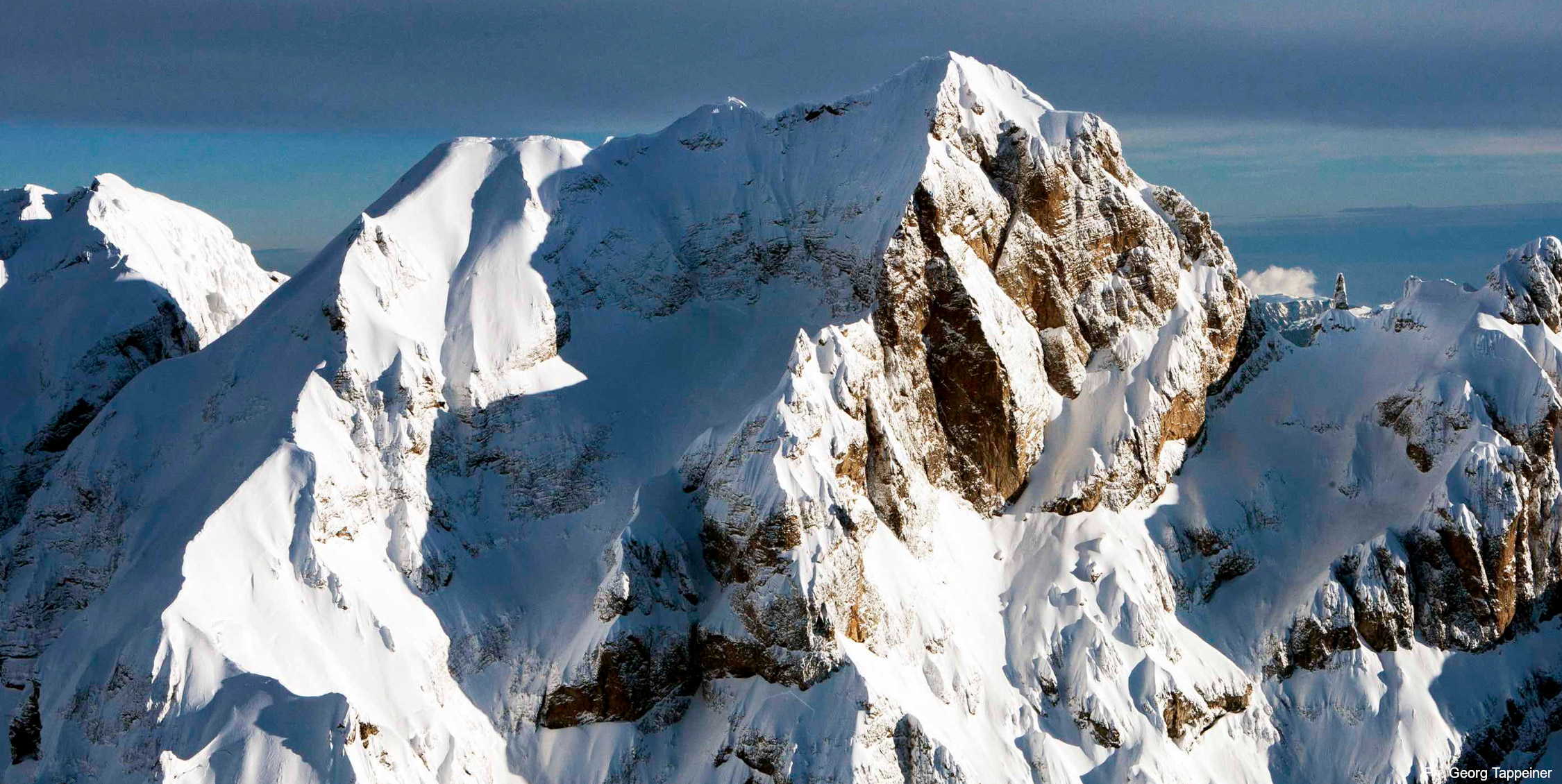Pale di San Martino, San Lucano, Dolomiti Bellunesi, Vette Feltrine
This System extends over 31,666 hectares, making it the second largest in the Dolomites UNESCO World Heritage Site. The System fans out over the provinces of Belluno and Trento, bounded to the south-east by Piave river valley, to the west by Val Cismon, to the north by the valleys of Travignolo, Biois and Valle Agordina and to the north-east by Val Zoldana. Starting from the south, you encounter the peaks known as Vette Feltrine, followed by the Cimonega-Erera Brendol chain. Heading north, you come to the Monti del Sole peaks and the Schiara-Talvena chain, with the amazing rocky pinnacle known as Gusela del Vescovà. After Monte Pizzocco come the Civetta and Moiazza chains and, finally, Pale di San Martino. The eastern section of the System includes Pale di San Lucano and Monte Agner.
The landscape of this System is extremely rich. To the south, the rugged scenery is scored by deep valleys and perpendicular rock faces, while, to the north, there is more variation with rolling Alpine pasturelands giving way to bare rock. The world’s mountaineers are particularly fond of this System which contains some of the world’s most challenging and scenic rock faces.
The natural environment of this System is considered by all to be a treasure well worth protecting. Much of it falls within the boundaries of two designated protected areas: Dolomiti Bellunesi National Park and Paneveggio – Pale di San Martino Natural Park.
Geology
Explore
Google Street View




